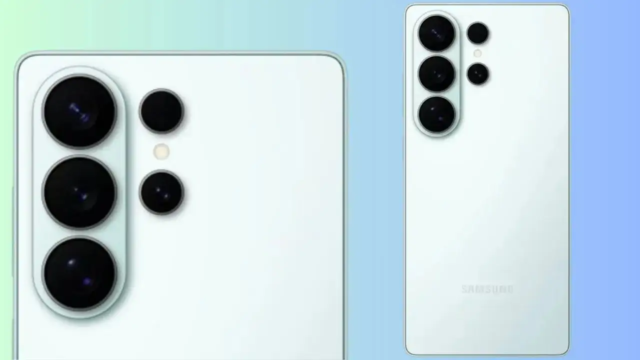Gray Area, an innovative space in the heart of San Francisco that blends art and technology, hosted a thought-provoking exhibition titled “Vitruvian Code” from August 6-9. The exhibition invited attendees to reconsider what it means to be human in the rapidly evolving world of artificial intelligence and to question the future of human interaction.
The exhibition was a product of the shared vision of Çiğdem Öztabak, a communications and technology writer who moderated the panel on the impact of AI on communication at SXSW24, and Duygu Gün, a musician, curator, and creative producer of the award-winning documentary Balkancisco.
The core concept for the exhibition came from Ufuk Emin Akengin, co-founder of Onaranlar Kulübü, a social enterprise based in Istanbul that has spearheaded numerous successful design, public space, and sustainability projects. Akengin conceived a human-sized 3D-printed sculpture of the Vitruvian Man to highlight the impact of technology on human relationships.
This sculpture embodied the central message of the exhibition: technology has the potential to lead to increased loneliness and decreased human interaction. Brought from Istanbul to San Francisco, the striking sculpture captured the attention of visitors.

“Vitruvian Code” posed a poignant question to its audience: “If technology were to take away one human interaction from your life, which one would you be most afraid to lose?” This question encouraged visitors to reflect deeply on the role of technology in their lives and the importance of human connection. Visitors’ candid responses were recorded by visual artist and documentary filmmaker Onur Cabi for a short video documentary to be used in future events throughout the year.
The exhibition also presented compelling statistics on the rise of loneliness in the digital age. According to research by The Roots Of Loneliness Project and the World Health Organization (WHO), one in four adults worldwide experiences loneliness. In Turkey, this rate is even higher, with an Ipsos study revealing that 54% of people reported feeling more lonely in the past six months. “Vitruvian Code” highlighted the paradox of technology: while it has the potential to connect people, it can also replace genuine human interaction and exacerbate feelings of isolation.
The exhibition was not just a warning; it also carried a message of hope. It emphasized the potential of using AI and technology to strengthen human connection and mitigate loneliness. Wade Wallerstein, curator of Gray Area, summarized the exhibition’s purpose: “We want to encourage, sustain, and implement interdisciplinary collaboration by integrating art, technology, science, and social sciences for a more just and regenerative future.”
“Vitruvian Code” was shared with approximately 90 people from August 6-9 as part of the AI and the Future of Live Experiences event. The event began with an opening speech by Duygu Gün and continued with a panel discussion moderated by new media artist and technologist Niki Selken, featuring Volta co-founder and CEO Alex Kane and Superfly’s Head of Innovation Steve Milton. Ufuk Emin Akengin shared information about Onaranlar Kulübü’s projects in Istanbul and the making of the 3D sculpture, while Çiğdem Öztabak provided detailed information about the exhibition’s theme and research.













